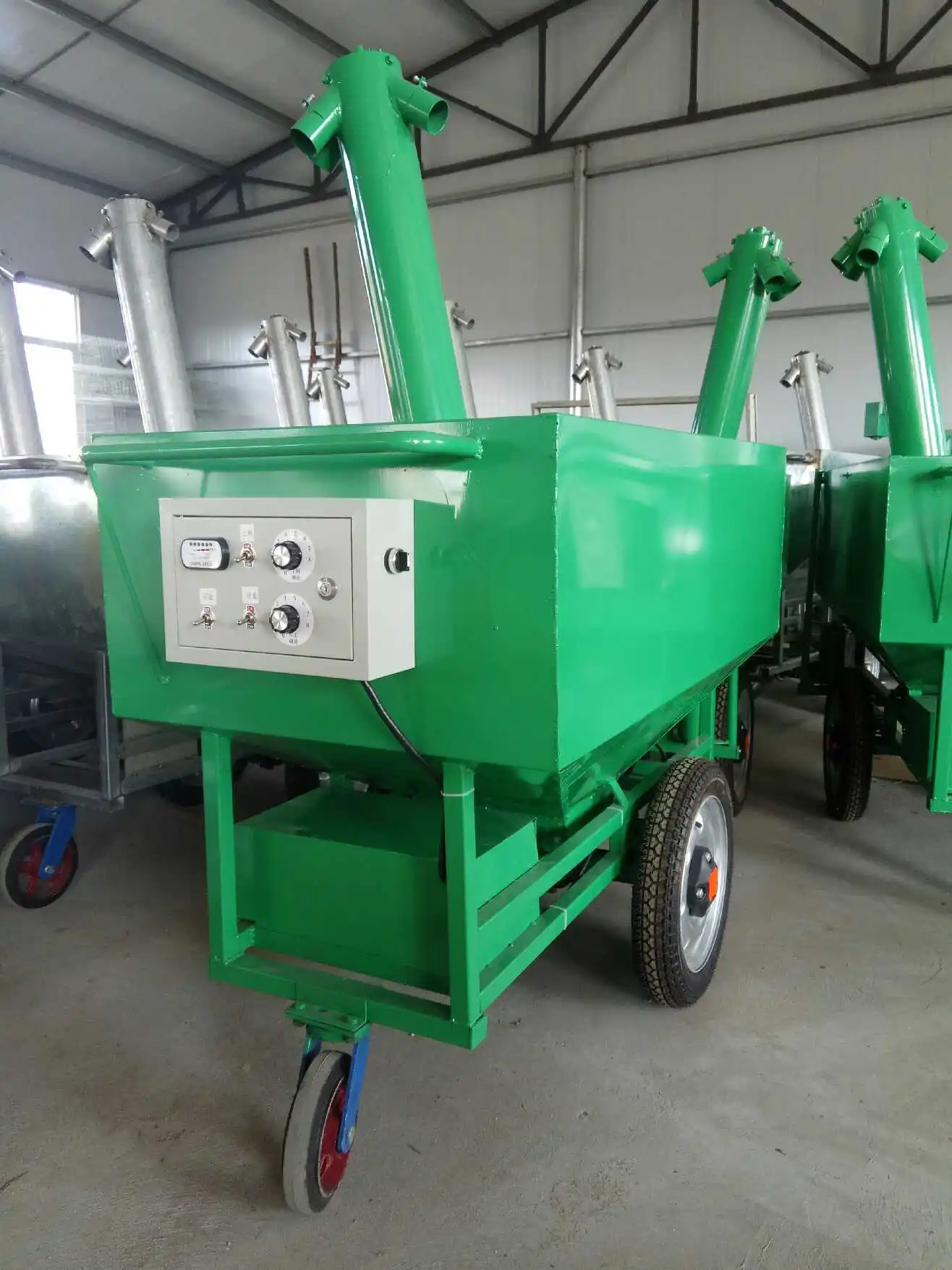Effective Solutions for Poultry Layer Cage Management and Optimization
Oct . 18, 2024 18:41 Back to list
Effective Solutions for Poultry Layer Cage Management and Optimization
The Evolution and Importance of Poultry Layer Cages
In the world of modern agriculture, poultry farming has undergone significant transformations, particularly concerning the welfare of laying hens. One of the pivotal innovations in this area is the development of poultry layer cages. These specialized housing systems have been designed to optimize egg production while addressing the concerns related to bird welfare and farm efficiency.
Understanding Poultry Layer Cages
Poultry layer cages are systems used to house hens specifically bred for egg production. They typically consist of wire or metal enclosures that allow for the optimal arrangement of birds, ensuring efficient use of space. The design of these cages has evolved over the years, moving from traditional battery cages to more innovative systems aimed at providing better living conditions for the birds.
The conventional battery cage system, widely used in the mid-20th century, was criticized for its constraints on bird movement and welfare. In response to mounting concerns over animal rights and welfare standards, the poultry industry has seen a shift toward enriched cage systems. These newer designs provide hens with additional space, perches, nest boxes, and litter areas, allowing for more natural behaviors.
Benefits of Poultry Layer Cages
1. Increased Egg Production One of the primary advantages of using poultry layer cages is the boost in egg production levels. By optimizing the living conditions and management of hens, farmers can achieve higher egg yields. Layer cages facilitate easy access for feeding, watering, and monitoring hens, which results in a healthier flock and improved productivity.
2. Space Efficiency Layer cages are designed to maximize space utilization. By stacking cages vertically, farmers can raise a significant number of birds within a smaller footprint. This is particularly important in areas where land is scarce or costly. An efficient setup not only saves space but also reduces resource consumption, such as feed and water.
poultry layer cage

3. Hygiene and Health Management Layer cages help maintain a cleaner living environment for hens. The design minimizes contact with feces and bedding material, thus reducing the risk of disease transmission among birds. This is crucial for biosecurity measures and overall flock health. Easy access for cleaning and maintenance also ensures that the hens stay in a hygienic environment.
4. Reduced Environmental Impact Modern layer cage systems have been designed with sustainability in mind. By efficiently managing waste products and optimizing feed use, these systems can help lower the carbon footprint of poultry production. Additionally, many systems allow for easy recycling of waste material, contributing to better waste management practices.
Addressing Welfare Concerns
While poultry layer cages offer numerous benefits, they are not without controversy. Critics argue that confining hens, even in enriched cages, can restrict their natural behaviors, leading to poorer overall welfare. To address these concerns, many producers are transitioning to free-range or cage-free systems in response to consumer demand for more humane farming practices.
Regulatory bodies have begun to set standards and guidelines for the use of poultry layer cages, ensuring that they promote better welfare outcomes for the animals. By employing advanced technologies and management practices, poultry producers can strike a balance between the economic viability of farming and humane treatment of animals.
The Future of Poultry Layer Cages
The future of poultry layer cages lies in innovation and consumer preference. As research continues to explore improved housing systems and animal welfare, farmers are likely to adopt more sustainable practices. Innovations such as automated feeding and monitoring systems, as well as advancements in understanding hen behavior, will shape the next generation of poultry layer cages.
In conclusion, poultry layer cages have played a crucial role in the evolution of poultry farming. By improving efficiencies in egg production while addressing animal welfare concerns, these systems represent a balance between agricultural productivity and ethical farming practices. As the industry evolves, ongoing dialogue regarding animal welfare and sustainable practices will be essential in shaping the future of poultry farming. The goal remains clear to ensure that the production of eggs meets both the needs of consumers and the welfare of the hens that lay them.
-
Hot Sale 24 & 18 Door Rabbit Cages - Premium Breeding Solutions
NewsJul.25,2025
-
Automatic Feeding Line System Pan Feeder Nipple Drinker - Anping County Yize Metal Products Co., Ltd.
NewsJul.21,2025
-
Automatic Feeding Line System Pan Feeder Nipple Drinker - Anping County Yize Metal Products Co., Ltd.
NewsJul.21,2025
-
Automatic Feeding Line System - Anping Yize | Precision & Nipple
NewsJul.21,2025
-
Automatic Feeding Line System - Anping Yize | Precision & Nipple
NewsJul.21,2025
-
Automatic Feeding Line System-Anping County Yize Metal Products Co., Ltd.|Efficient Feed Distribution&Customized Animal Farming Solutions
NewsJul.21,2025






